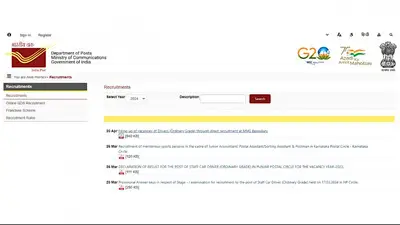Recommended Stories
Researchers at Georgia Institute of Technology in the US who were behind the invention hoped that as the nanotechnology used in the chip evolves, it could lead to electronics which don`t require batteries or mains power.
Hailed as a milestone, it can use tiny movements such as the pinch of a finger to generate power, the Telegraph reported.
Dr Zhong Lin Wang, who led the research, said: "This development represents a milestone toward producing portable electronics that can be powered by body movements without the use of batteries or electrical outlets.
"Our nanogenerators are poised to change lives in the future. Their potential is only limited by one`s imagination."
Dr Wang and his team, who presented their work at the National Meeting & Exposition of the American Chemical Society, used the device to power LCD displays and diodes, as well as to transmit a radio signal once its generated power has been stored.
The device, they said, is thousands of times more powerful than its predecessors, allowing scientists to take the technology out of the lab for the first time.
"If we can sustain the rate of improvement, the nanogenerator may find a broad range of other applications that require more power," said Dr Wang.
The technology works by using zinc oxide nanowires, which generate electricity when strained or flexed. This mean virtually any body movement -- from walking to a heartbeat -- can generate power, the scientists said.
Dr Wang`s team worked to capture and combine the power of millions of the nanowires, which are so small that 500 could fit in a human hair.
Five nanogenerators working together produced about one micro ampere output current at 3 volts about the same voltage generated by two regular AA batteries.
Dr Wang said: "While a few volts may not seem like much, it has grown by leaps and bounds over previous versions of the nanogenerator.
"Additional nanowires and more nanogenerators, stacked together, could produce enough energy for powering larger electronics, such as an iPod or charging a cell phone."












